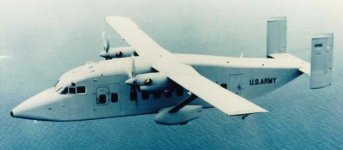- Reaction score
- 35
- Points
- 560
One potential "Made in Canada" solution is a hybrid airship proposed by "SolarShip": https://www.solarship.com/
Earlier iterations of the site had made claims that the smaller airships could potentially land on airstrips of only 100m length, and the use of aerostatic lift (helium) to take much of the weight of the airframe allowed for much smaller engines to be used. Although the company advertises the idea of coating the upper portion of the airship with solar cells and running electric motors to turn the props, in reality even small diesel engines could be substituted (small turboprops for the largest one with a C-130 sized payload). These would be capable of acting as "bush planes" but at lower cost.
This is one example of potential "order of magnitude" cost savers for dispersed northern and interior communities.
Earlier iterations of the site had made claims that the smaller airships could potentially land on airstrips of only 100m length, and the use of aerostatic lift (helium) to take much of the weight of the airframe allowed for much smaller engines to be used. Although the company advertises the idea of coating the upper portion of the airship with solar cells and running electric motors to turn the props, in reality even small diesel engines could be substituted (small turboprops for the largest one with a C-130 sized payload). These would be capable of acting as "bush planes" but at lower cost.
This is one example of potential "order of magnitude" cost savers for dispersed northern and interior communities.






